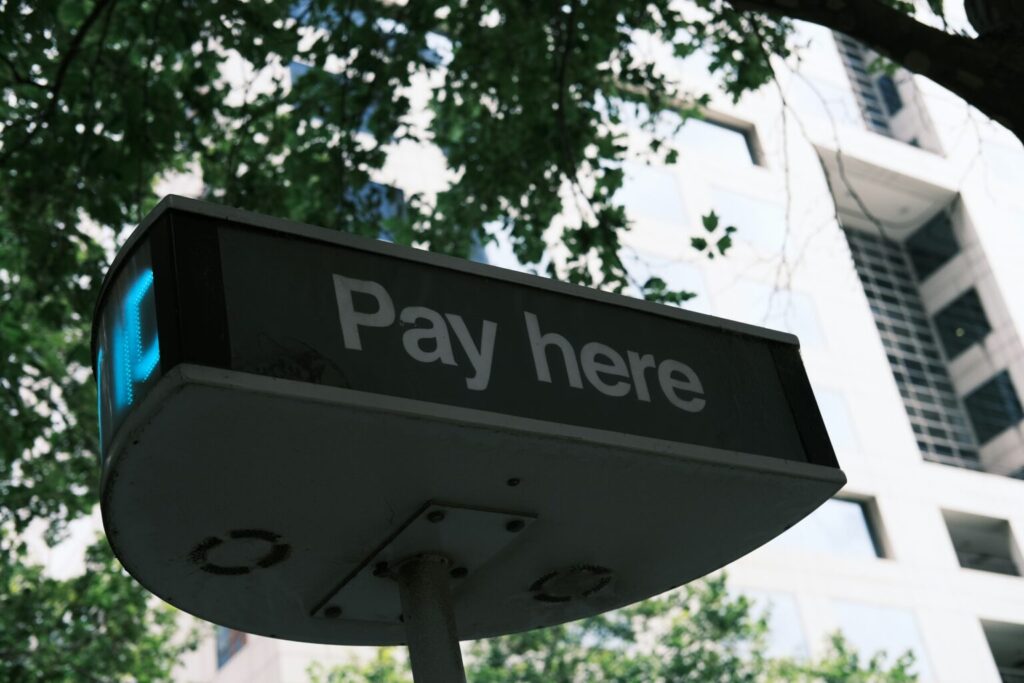
Global commerce keeps speeding up, but it’s also splintering in new directions. By 2026, businesses won’t just compete on price or product quality. They’ll compete on how effortless it is for customers to pay. A credit card and a bank transfer are used to cover most needs, but that’s no longer enough. With open banking expanding and regional payment systems rising, companies that offer multiple payment routes will be the ones customers trust, return to, and recommend.
When people can pay in the way that feels easiest to them, they finish more purchases and stick around longer. That’s why building diverse payment systems, not just adding a few new cards, is turning into one of the smartest growth moves any business can make in 2026.
Payment Flexibility Is Now a Competitive Edge
Across the world, payment diversity is proving to be a sign of adaptability. In Southeast Asia, super apps like GrabPay show how regional wallets can turn simple convenience into loyalty. The system links directly to local banks, allowing instant transfers without relying on card networks. For small merchants, that means lower fees and faster settlements. For users, it’s a payment tool built into something they already use daily to ride, shop, or order food. It feels personal, safe, and familiar, and that’s exactly why it works.
The same idea is spreading across North America, where local networks are reshaping what trust in payments looks like. One clear example is casinos accepting Interac deposits. These platforms use Canada’s Interac network to send money directly between players’ bank accounts. Interac has earned its place as one of the country’s most trusted systems because it blends real-time transfers, low fees, and strong encryption without exposing card data. Businesses that include Interac, from casinos to online retailers, see quicker transactions and returning customers. People stick with what feels safe and familiar. From e-commerce stores to streaming platforms, supporting local payment methods builds confidence and keeps checkout smooth.
A similar change is transforming Latin America. Brazil’s Pix network has redefined digital transactions since its launch. Built by the Central Bank of Brazil, Pix allows consumers and businesses to pay instantly using QR codes or mobile IDs. It runs around the clock, cuts out chargeback delays, and doesn’t depend on credit cards. Pix shows how speed, clarity, and low fees can turn a national payment network into a global bridge for trade.
These examples prove that diversification isn’t just about variety. It’s about designing payment ecosystems that match local expectations.
B2B Payments Are Catching Up
This shift isn’t just happening on the consumer side. Business-to-business payments are going through their own modernization wave. According to finance analysts, businesses are shifting from slow, manual invoicing to automated, real-time systems built to handle complex cross-border transactions more efficiently.
Old-style B2B payments involved multiple intermediaries, high fees, and long waiting times. Today, new digital networks connect directly to bank APIs, verify counterparties instantly, and create clear audit trails. Innovative fintech solutions lower the risk of fraud and strengthen the partnerships that keep global trade moving.
Businesses are also starting to listen more closely to B2B buyers. Payment systems are being designed with buyer preferences in mind, whether that means flexible payment terms, instant credit assessments, or transparent dispute resolution. The goal is to make every transaction feel as seamless as a consumer purchase while keeping control over cash flow. This buyer-first approach is quickly becoming the standard for global trade.
At the same time, innovation now serves a clearer purpose. What matters isn’t the tech itself but how it’s used. The best systems use automation and smart data to keep payments flowing smoothly between partners. The result is faster order-to-cash cycles and fewer points of friction.
More businesses are blending bank transfers with open-banking and fintech tools now, making it easier to handle the automation and compliance rules coming in 2026.
Global Commerce Needs Multi-Currency Agility
Going global once meant dealing with slow payments and unpredictable exchange rates. Businesses selling across borders are adopting multi-currency gateways and instant FX conversion to give customers clarity and eliminate hidden costs.
Many online retailers across Asia and Europe now show prices in the shopper’s home currency, updating exchange rates automatically. It’s a small feature that cuts down on confusion, reduces cart abandonment, and boosts confidence at checkout.
Emerging markets are leading the charge. India’s UPI and Nigeria’s NIBSS Instant Payment Service connect millions of bank accounts to secure, low-cost digital channels. Businesses that move quickly to adopt local payment systems gain access to new audiences in regions where card networks are still catching up.
How Businesses Can Prepare for 2026
Diversifying payment options doesn’t mean adding everything at once. It means building a system that evolves with your customers. Smaller businesses can start by choosing gateways that already support debit cards, mobile wallets, and instant transfers. Larger enterprises may need open APIs that unify several payment processors and currencies on a single platform.
Security will stay at the center of it all. Every new connection must meet modern standards for privacy and fraud prevention while keeping checkout simple. Expect more use of tokenization, biometric verification, and AI-driven fraud detection to safeguard transactions without slowing them down. Most importantly, payments should enhance the customer experience, not complicate it. Offering choice, clarity, and reliability builds trust, and trust drives growth. Businesses that move early on this will navigate change with ease and keep their customers closer as 2026 unfolds.















